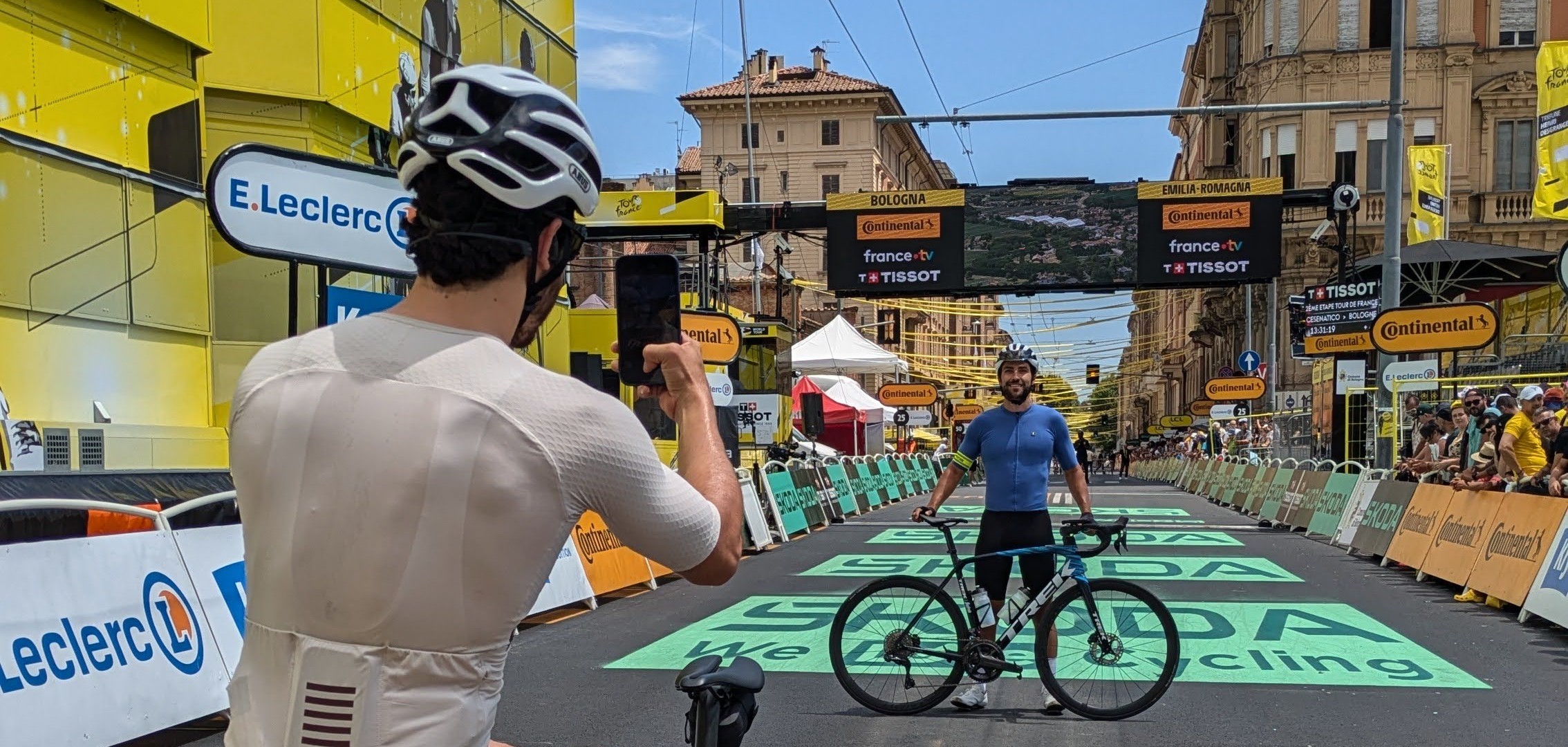These jersey colours in the Tour de France are more than decoration—they represent discipline, consistency and strategy. Introduced in 1919, the yellow jersey became the emblem of the Tour’s prestige and has since been worn by legends like Eddy Merckx, Miguel Indurain and Chris Froome.
Women In The Tour: A Fight For Recognition
While the Tour de France has long been a male-dominated stage, women’s cycling has fought hard to earn its place. A first attempt to establish a women’s Tour occurred in 1955, but it was short-lived. More structured efforts in the 1980s and 1990s also faded, despite showcasing elite female talent like Jeannie Longo.
The real breakthrough came in 2022 with the return of the Tour de France Femmes. Backed by ASO and global broadcasters, it introduced a 9-day race covering mountain stages, time trials and high-profile finishes. In 2026, the women’s edition will include 1,175 km and feature a legendary climb up Mont Ventoux, confirming its growing status.
Golden Ages, Challenges And Reinvention
The Tour flourished in the post-war era with names like Fausto Coppi, Louison Bobet, and Jacques Anquetil. Then came Eddy Merckx—nicknamed “The Cannibal”—whose five victories and dominance set a new benchmark. Later decades saw thrilling rivalries, rising talents, and unfortunately, scandals that shook the sport’s integrity.
Despite doping controversies in the 1990s and 2000s, the Tour remained resilient. Reforms, anti-doping programs and a new generation of riders have helped restore its credibility, blending tradition with transparency.
Modern Innovations: From Paper Maps To GPS Drones
Technological evolution has transformed the Tour for fans and riders alike. Real-time GPS tracking, live data analysis, on-bike cameras and drone footage offer unprecedented access. Fans can now follow each Tour de France stage with precision—from team strategies to breakaway moves—making the race more interactive than ever.
Famous Tour De France Records
| Record |
Holder |
Details |
| Most Tour Wins |
Jacques Anquetil, Eddy Merckx, Bernard Hinault, Miguel Indurain |
5 each |
| Most Stage Wins |
Mark Cavendish |
34 stage victories |
| Smallest Winning Margin |
Greg LeMond |
8 seconds (1989) |
Why The Tour Still Captivates The World
The Tour de France is more than a race—it’s a global celebration of athleticism, landscapes and human spirit. Each July, roads through the Alps, Pyrenees and countryside villages become a stage where history is written again. The blend of personal drama, national pride and sheer physical effort makes the Tour unique among world sporting events.
For fans of cycling, French culture or dramatic sporting moments, the Tour continues to deliver inspiration. And whether you’re watching stage 3 in the Pyrenees or following the final time trial, the thrill remains the same as it did over a century ago.




 France Bike Tours
France Bike Tours
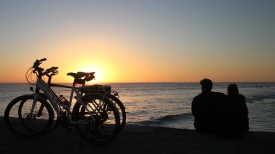 Europe Bike Tours
Europe Bike Tours
 Europe Luxury Bike Tours
Europe Luxury Bike Tours
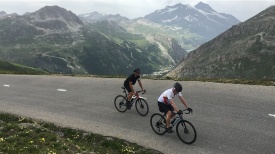 Epic Cycling
Epic Cycling
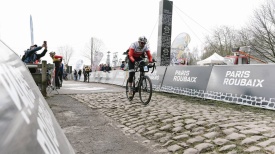 Cycling Challenges
Cycling Challenges
 Italy
Italy
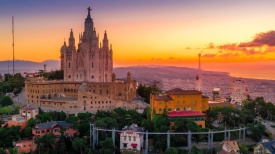 Spain
Spain
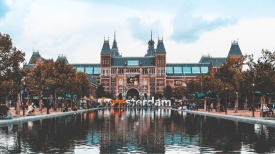 Holland
Holland
 United Kingdom
United Kingdom
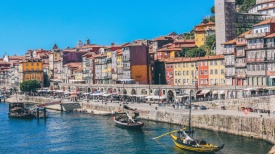 Portugal
Portugal
 Ireland
Ireland
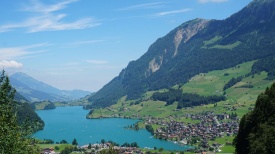 Switzerland
Switzerland
 Croatia
Croatia
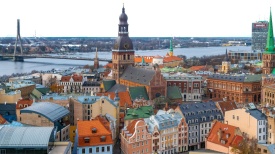 Baltic States
Baltic States
